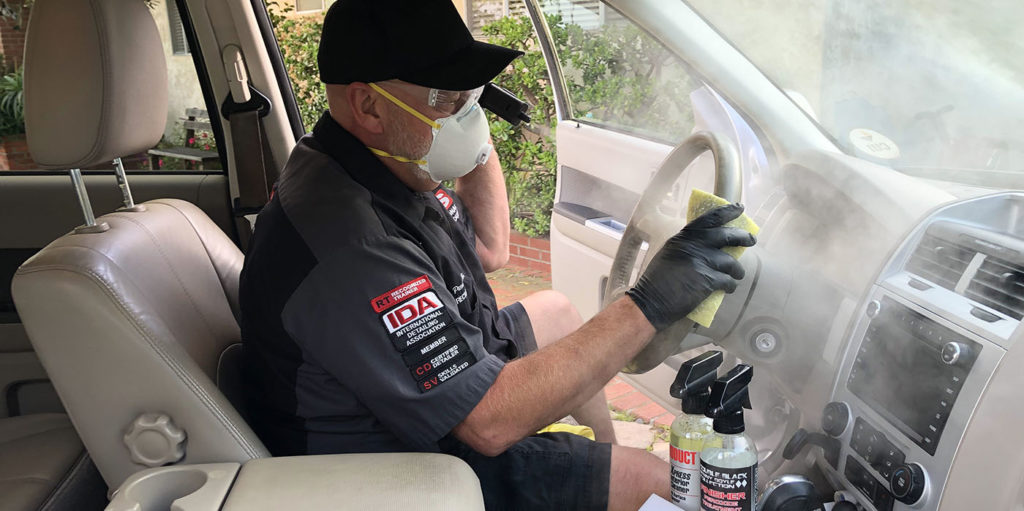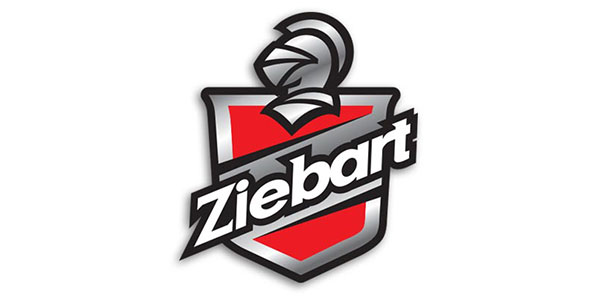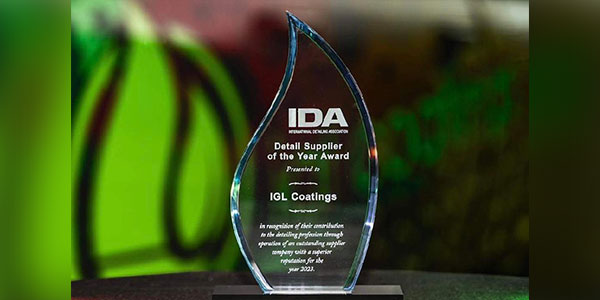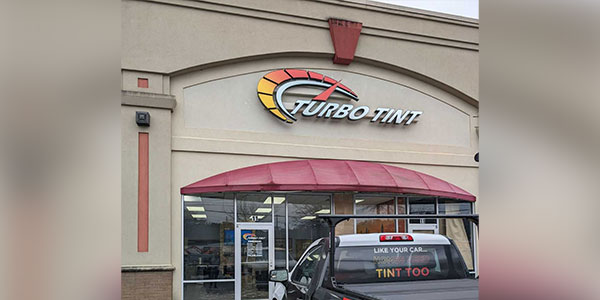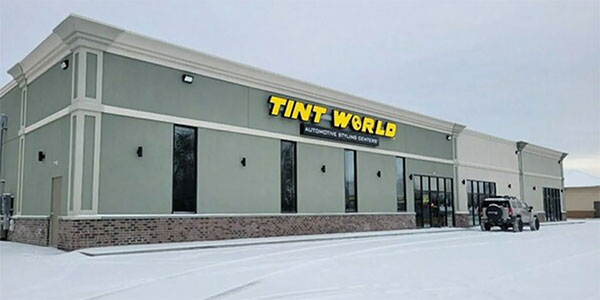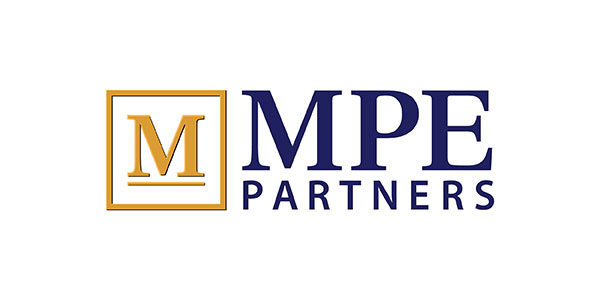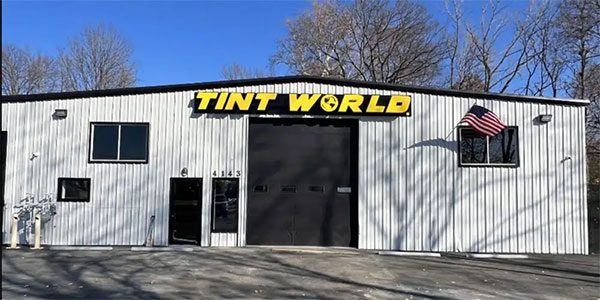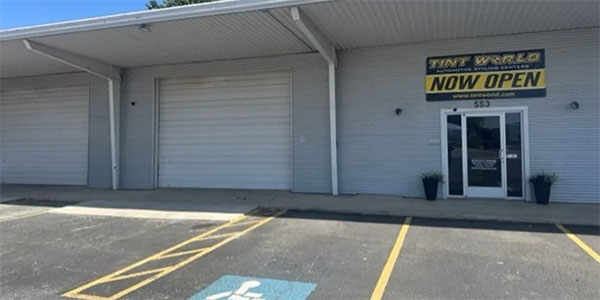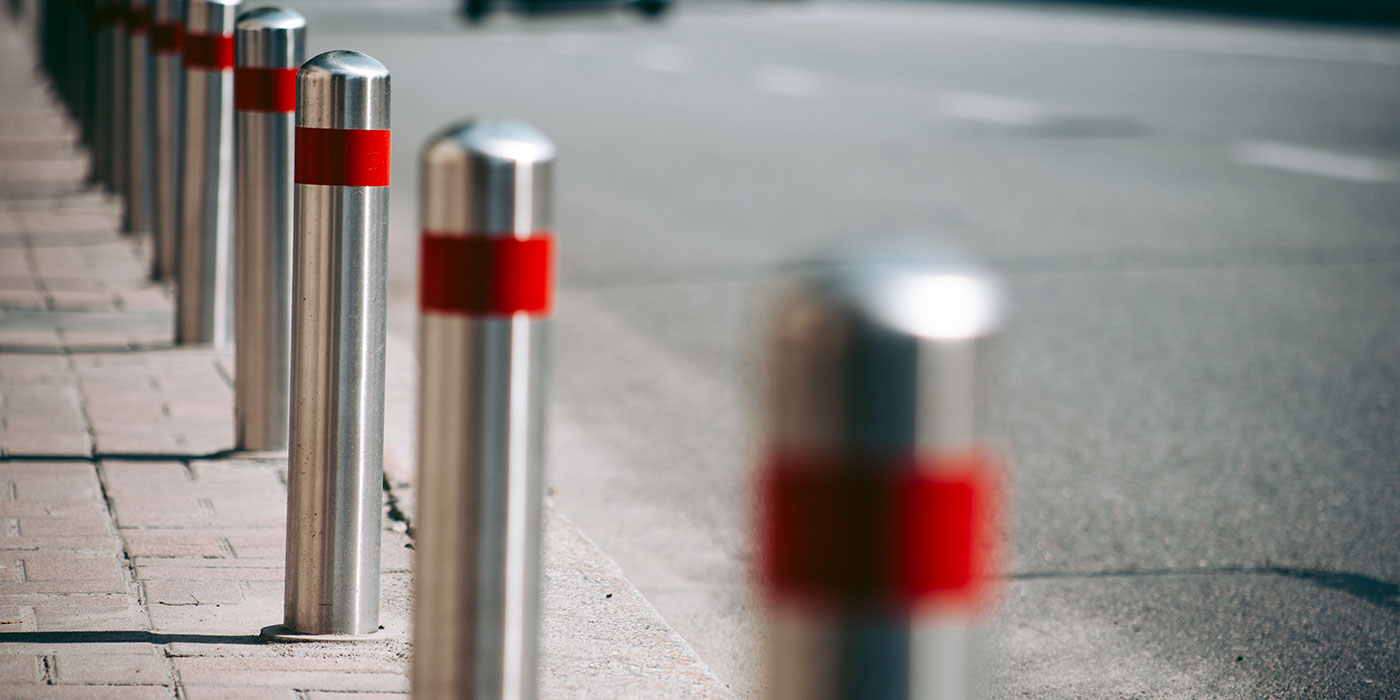Now, more than ever, is the time for the professional detailer to be as professional as possible. How one responds to the current coronavirus pandemic can literally be a matter of life and death for the detailer and the customer. Creating a “correct” response depends heavily on knowledge.
No time to read this article? Listen instead!
The novel coronavirus and COVID-19 are real. Regardless of one’s personal, political or religious beliefs regarding its origins and seriousness, this pandemic must be taken seriously for the safety of detailing technicians and customers. We have a responsibility to our customers to fully understand the situation and react accordingly.
Thus, I would like to present information to help detailing technicians and management make good decisions. This article will be organized into four sections, which include:
- Definitions
- Cautions
- Protection
- Protocols.
Definitions: Educate yourself
There are a lot of terms thrown around these days. The detailer must understand what each of these terms means, which will help communication with the customer and position the detailer as a person with valuable expertise.
Virus
A virus is a tiny organism that reproduces by invading cells of hosts like humans or animals. The virus turns the occupied cells into “factories” to self-replicate. If too many host cells are invaded, the organs made up of the invaded cells may stop functioning normally, like how the coronavirus can have a dramatic impact on human lungs. Sometimes, this impact is so dramatic, that it leads to the death of the host. Because a virus is not technically a living organism, we don’t “kill” them; instead, we “destroy” them or break them apart physically.
Coronavirus
Coronavirus is a family of viruses that causes respiratory illness. There have been several coronaviruses in the past few years, including the one that causes SARS (severe acute respiratory syndrome). The Latin word “corona” means “crown-like” and is used because of the viruses’ typical shape as a sphere surrounded with spikes.
Novel coronavirus
The novel coronavirus is the coronavirus strand that was discovered at the end of 2019. It was labelled with the word “novel” because it had not been seen before.
SARS-CoV-2
SARS-CoV-2 is the World Health Organization’s (WHO) official name for the novel coronavirus that appeared late in 2019 and is causing the current pandemic. The acronym stands for “severe acute respiratory syndrome coronavirus 2,” which is the virus that causes COVID-19.
COVID-19
COVID-19 is an illness caused by the novel coronavirus known as SARS-CoV-2 that was discovered at the end of 2019. The acronym stands for “coronavirus disease 2019.”
Pandemic
A pandemic is the spread of an infectious disease across the world. Compare this to an epidemic, which is the spread of an infectious disease across only a specific geographical area.
It is important to use this terminology correctly, if we are to have an intelligent and educational conversation with customers directly or when describing procedures in marketing materials. This will have the benefit of reassuring the customer you are in-the-know.
When it comes to working in vehicles, mitigating SARS-CoV-2 is one of our new primary goals. We hear the words “sanitizing” and “disinfecting” in reference to this. These two terms have very specific scientific operational definitions. Both reduce virus concentrations by almost 100%, although disinfection is much closer to 100% than sanitizing. Sanitizing is typically used within the food preparation arena, as these chemicals are safer for surfaces upon which food will be handled. I believe that if we are referring to “a large reduction in the concentration of viruses” within the interior of a vehicle, these terms can be used interchangeably, but to be precise, refer to the term on the chemical used in your facility.
In addition to the information in this article, there is a vast amount of frequently updated information that is available from the following websites:
Also check out the resources available from the International Detailing Association at www.the-ida.com.
Cautions: Protect yourself, the customer and the industry
Of course, we have been cleaning car interiors for years with hundreds of flu viruses floating around and never given it a second thought. The difference with SARS-CoV-2 is that there is currently no vaccine and no reliable cure for the corresponding illness, COVID-19. And the worst part is that it is possible to carry and transfer the virus with no symptoms at all. Moreover, there is no way of knowing if the virus is present in a vehicle.
Further, some detailing technicians, as a requirement of their jobs, must enter and exit many vehicles in a day or week. Each vehicle entry comes with the possibility of coming into contact with the virus, as it has clearly been shown to survive from hours to days on various surfaces, including those in a vehicle’s interior. We must make sure that we provide ourselves and our detailing employees with protocols, training and equipment to help prevent infection.
Moreover, the main issue for detailing operations everywhere is reducing the potential for transmission of the virus. This is a responsibility that the detailing operator has for himself or herself, employees, customers and the industry as a whole. If it is determined through contact tracing, for example, that a customer was infected with the virus as a result of having a vehicle detailed, the detail operator could be subject to a lawsuit.
More importantly, if word gets out that it is possible to contract COVID-19 by bringing a car in for detailing, the entire industry could take a huge hit. So, let’s all get on board with virus transmission prevention efforts — the subject of the remainder of this article.
Protection: preventing infection
Personal protection equipment (PPE) for all employees is critical at this time. Detailing technicians should be provided and required to wear a face mask (preferably KN95 or N95 if available); safety glasses, goggles or a face shield; disposable gloves; and body suits, as deemed necessary. Hand sanitizer should be available in multiple locations for use, even while gloved.
Technicians should be trained on how to properly don and doff protective wear. The Centers for Disease Control and Prevention (CDC) has a couple of great videos about putting on and taking off protective wear; simply search on YouTube the words “CDC PPE Demo.”
Protective wear should be cleaned or changed out for each new vehicle that is entered. Thus, perhaps it is best that one technician stay with one vehicle until it is completed.
Encourage your employees to fully wash their hands each time they enter or leave your premises. You may want to require that they change into fresh clothes before entering their own vehicles to go home at the end of the day.
Also, encourage your employees to institute a “home self-sanitizing protocol” for each time they return home. This might involve disrobing before entering the house, placing those clothes immediately into the washing machine and then taking a hot shower.
If you have offered a waiting room in the past, you will have to take extensive steps to continue to do so. You might consider a new temporary company policy of “vehicle drop-off only.” You should also have, as part of your appointment booking or intake interview, a set of sign-off questions for the customer that might include:
- “Has anyone been in your vehicle in the last two weeks that has been diagnosed with COVID-19, had a fever or has had a respiratory illness?”
- “Have you or anyone in your household been exposed to someone in the last two weeks that has been diagnosed with COVID-19, had a fever or has had a respiratory illness?”
These precautions may seem onerous or overkill, but better to be safe than sorry. Plus, it demonstrates that you really care about the safety of your customers and employees.
Protocols: reducing transmission
Your “virus prevention protocols” should include the following:
- Donning and doffing PPE
- Facility sanitation
- Vehicle intake procedure
- Vehicle cleaning and disinfection protocol
- Equipment disinfection protocol.
As we’ve already discussed PPE in the previous section, let’s take a look at the other protocols.
Facility sanitation
Common areas in your facility must be disinfected at least once a day. If you operate a high-production facility, it may be necessary to disinfect a few times per day. Bathrooms, doorknobs, counters, vending machines, break areas and any other high-touch locations are included in this.
Vehicle intake procedure
The goal of this procedure is to minimize the number of times that someone must enter the vehicle. Advise the customer that all personal belongings must be removed before vehicle drop-off. If possible, have the customer pull the vehicle into the area where it will be worked on, so that it does not have to be repositioned. Hold out an opened, resealable bag in which the customer can drop the keys. Immediately after the customer exits the vehicle, spray out the interior with your sanitizing or disinfection chemical of choice and allow it to dwell for the maximum recommended time before anyone starts working on the interior.
Vehicle cleaning and disinfection protocol
You should update your normal interior detailing procedures to include disinfection protocols. We know that cleaning in and of itself will help to reduce the concentration of viruses and bacteria, but at the same time, cleaning alone is not enough. So, thorough cleaning of interior surfaces must be followed up with the use of a sanitizing or disinfecting chemical that has been shown to effectively reduce concentration of the virus.
The EPA has released an informational piece titled, “List N: Disinfectants for Use Against SARS-CoV-2 (COVID-19),” which can be used to determine what’s best for use inside a vehicle. Of course, use your technical judgment to choose a chemical that is safe on vehicle interior surfaces. If you already have a product, make sure the label has an EPA registration number and that “human coronavirus” is listed as a target pathogen.
Equipment disinfection protocol
After each vehicle is detailed, all equipment that was used must be disinfected, including:
- Hoses, attachments and recovery canisters of your vacuum, extractor and steam machine
- Brushes and detailing tools
- Towels
- Spray bottles.
Professional detailers have an opportunity to really shine (pun intended) during this pandemic by applying a complete understanding of steps necessary to reduce the transmission of SARS-CoV-2. Keep your employees, customers and our industry safe.
Prentice St. Clair is an International Detailing Association Recognized Trainer (RT) and Skills-Validated Certified Detailer (CD-SV). As the president of Detail in Progress Inc., he has been providing training and consulting to carwash, dealership and standalone detail operations since 1999. He is available at (619) 701-1100 or [email protected].
Be sure to check out our follow up video interview to this article as we discuss detailing during a pandemic further with the author.

